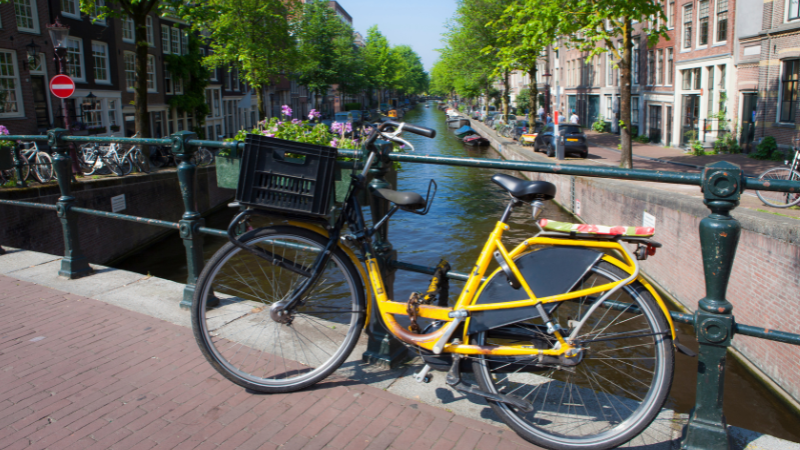Embarking on a long-distance cycling journey is an adventure that promises not only the thrill of exploration but also the challenge of endurance. Whether you’re planning to traverse countries or conquer continent-spanning routes, the success of your journey heavily depends on one crucial choice: your bike. Selecting the right bike for long-distance routes is not just about comfort; it’s about reliability, efficiency, and your overall experience. Here’s a comprehensive guide to choosing the perfect bike that will carry you through thousands of kilometers of diverse terrains and conditions.
1. Understand the Types of Bikes: First, familiarize yourself with the different types of bikes available and their intended use. For long-distance cycling, the most common choices are touring bikes, road bikes, and gravel bikes.
- Touring Bikes are specifically designed for long distances and heavy loads. They feature a durable frame, a comfortable riding position, and multiple attachment points for luggage. Their geometry is optimized for stability under load, making them an excellent choice for multi-day adventures carrying gear.
- Road Bikes are built for speed and efficiency on paved roads. They have a lightweight frame and a more aggressive riding position, which can be beneficial for covering long distances quickly. However, they may not be as comfortable or durable as touring bikes for carrying heavy loads over rough terrains.
- Gravel Bikes are a versatile option, bridging the gap between road bikes and mountain bikes. They are designed to handle a variety of surfaces, from paved roads to gravel and dirt paths. With a robust frame and the ability to mount cargo, gravel bikes offer a good balance of speed, comfort, and versatility.
2. Frame Material Matters: The material of your bike’s frame significantly impacts its weight, durability, and ride quality. Common materials include steel, aluminum, carbon fiber, and titanium.
- Steel is renowned for its durability and ride comfort, making it a popular choice for touring bikes. It’s capable of carrying heavy loads and absorbing road vibrations but is heavier than other materials.
- Aluminum offers a good balance of lightness and strength at a more affordable price point. It’s stiffer than steel, which can translate to a harsher ride on rough surfaces.
- Carbon Fiber is lightweight and can be engineered to provide excellent stiffness and comfort. However, it’s usually more expensive and less durable under heavy loads or in case of a crash.
- Titanium combines the best qualities of steel and aluminum, offering lightweight, strength, and corrosion resistance. It provides a smooth ride quality but comes at a premium price.
3. Consider the Gearing System: For long-distance cycling, especially over varied terrains, having a wide range of gears is crucial. Look for bikes with a triple or compact crankset and a wide-ratio cassette. This setup will give you the low gears necessary for climbing steep hills fully loaded and the high gears for speed on flat terrains.
4. Don’t Overlook Comfort and Fit: A bike that fits well is a bike that’s comfortable over long distances. Pay attention to the bike’s geometry and ensure it matches your body dimensions and riding style. A proper fit minimizes strain on your body, reducing the risk of injury and fatigue. Consider getting a professional bike fitting to make precise adjustments.
5. Durability and Maintenance: Choose a bike that’s built to last and easy to repair. This means simple, reliable components and a frame that can withstand the rigors of long-distance travel. Also, consider the availability of spare parts in the regions you plan to explore.
6. Customization Options: Finally, consider how customizable the bike is. The ability to add racks, fenders, water bottle holders, and other accessories can significantly enhance your long-distance cycling experience.
In conclusion, selecting the right bike for long-distance routes is a critical step in preparing for your cycling adventure. By considering the type of bike, frame material, gearing system, comfort, durability, and customization options, you can choose a bike that will be a reliable companion, no matter how far the journey takes you.





Leave a Reply